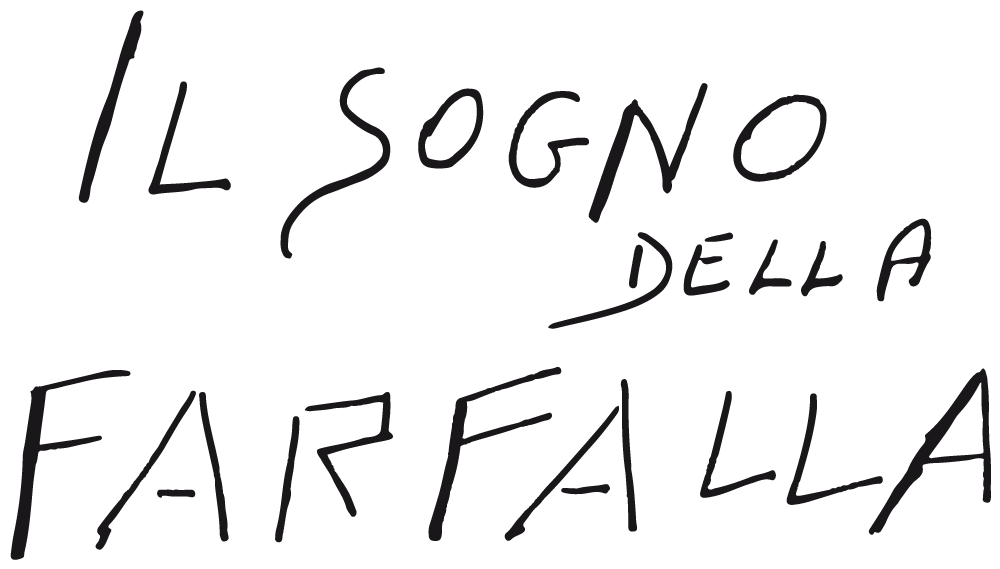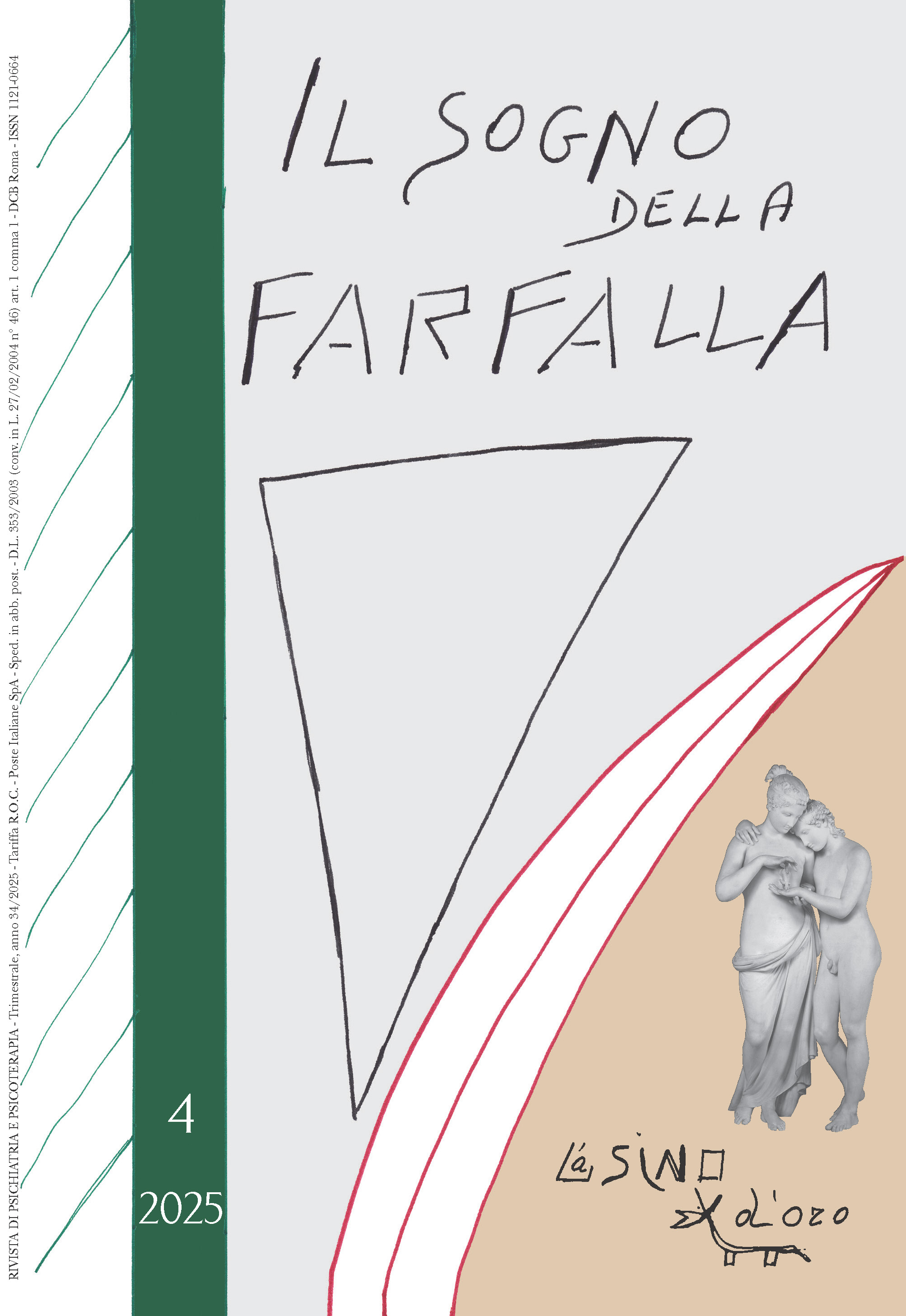«Abbandonare, dimenticare, ricreare». Riflessioni a margine di alcuni scritti di Massimo Fagioli sull’architettura
Abstract
The 1986-1994 exhibition “Il coraggio delle immagini” introduced an innovative approach to architecture, grounded in Massimo Fagioli’s Human Birth Theory. This article analyzes the
texts accompanying the catalogue – The courage of images, The language of images, and The art of images – in which Fagioli redefines the architectural process as an expression of the
unconscious, challenging rationalist and typological methods. Within this framework, architecture does not originate from functional or formal precedent but arises through a transformative engagement with the inner human reality. The paper collocates this perspective within a historical context, highlighting how it offers a critical alternative to the dominant 20th century paradigms of functionalism, typology, and the nihilistic relativism of deconstructivism. Instead, Fagioli affirms the unconscious as a vital source of meaningful and original creation. Projects rooted in this theory resist repetition, standardisation and the creation of iconic images, instead proposing unique, emotionally resonant spaces capable of eliciting profound psychological responses. Architecture, in this view, becomes a cognitive and humanistic act rooted in a renewed concept of beauty as transformation. This approach situates architecture within a broader discourse on human reality, where images are not merely aesthetic adornments but serve as a means of gaining knowledge.
In this sense, Fagioli offers a vision of architecture that is profoundly human – at once poetic, political, and essential.


